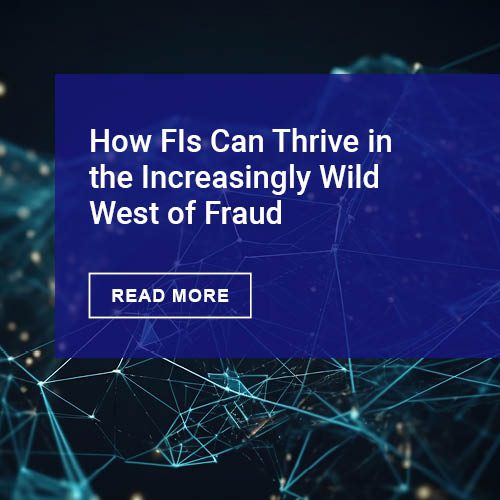Congratulations to Penny Crosman and American Banker on this well researched and written article. It does a great job identifying the scale of elder abuse and highlights the grey areas associated with detecting and reporting it.
Detecting anomalous transactions can identify elder abuse after the money is gone. Detecting anomalous behavior can detect a decline in competence before the money is gone, but is more difficult to make actionable from a financial reporting perspective.
Detecting signs of diminished competence early would likely require external data and perhaps a novel use of behavioral biometrics. This two data points, combined with machine learning, might provide account holders and family members actionable information regarding competence, but of course what bank would want to offer such a service (I wish mine!)?.
The article also points out that the more data that can be used to train the machine learning tools, the more accurate the detection, a point I made in August 2017 in “Bringing AI into the Enterprise: A Machine Learning Primer” – yet several banks appear committed to go it alone:
“Banks are stepping up their efforts to detect and deter financial elder abuse in response to a rise in such crime, and artificial intelligence software could become part of the solution.
“Wells Fargo has been focusing on this as an issue and building analytics for it, very much like we do for other things like fraud,” said Rich Baich, Wells’ chief information security officer. “We’re greatly concerned, and we’re putting time and resources behind it,” including having teams of data scientists create proprietary models.
In 2018, U.S. banks reported 24,454 suspected cases of financial elder abuse, a 12% increase over 2017, according to the Financial Crimes Enforcement Network, which is a unit of the Treasury Department.
“The problem is, no one is mandated to do it, and if they’re not mandated to do it, no one is going to do it because there could be negative ramifications,” said Larry Santucci, senior industry specialist at the Federal Reserve Bank of Philadelphia. “For example, you don’t want to be the only one reporting on your elder exploitation cases. Banks and financial advisers are in a difficult position. Even the ones that want to help can’t muster the fortitude to share this kind of data and report it.”
Read the full article here
Overview by Tim Sloane, VP, Payments Innovation at Mercator Advisory Group











